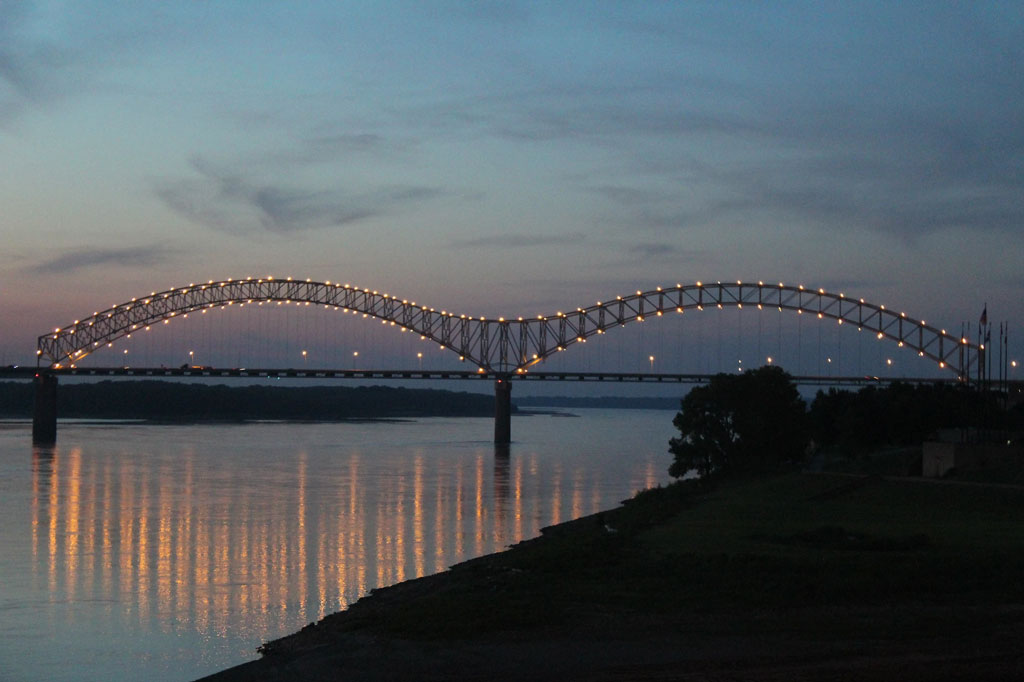On the Structural and Spatial Forces that Contribute to Police Brutality

The systemic forces and spatial conditions that shape police brutality, especially against Black people, are well documented by researchers in many disciplines, including geography.
In 2022, at least 1,192 people were killed by law enforcement officers in the U.S., the most of any year since at least 2013 (Mapping Police Violence project). As geographer, Rashad Shabazz has written, “Policing in the U.S. has, from its inception, treated Black people as domestic enemies.”
AAG is providing a resource list that brings together work by geographers and colleagues in other disciplines to illuminate how “police and policing [are] a multifaceted manifestation of state power, coercion, and territoriality” (Bloch, 2021). AAG members are committed to studying and working to change these structural issues in their work and lived experiences. Our list of resources is drawn in part from the list curated by the AAG Black Geographies Specialty Group. We also have created a list of Black Geographies articles from AAG journals, available with free access through December 2023.
- Bledsoe, A. , Butler, J., Eaves, L., Moulton, A. A. (2023). A Syllabus for the Present Predicament. Google doc, February 2023.
- Bloch, S. (2021). Police and policing in geography: From methods, to theory, to praxis. Geography Compass, March 2021, 15,3. https://doi.org/10.1111/gec3.12555
- Bloch, S. (2021) Aversive racism and community-instigated policing: The spatial politics of Nextdoor. Environment and Planning C: Politics and Space, 10.1177/23996544211019754, 40, 1, (260-278).
- Carby, H (1992). “Policing the Black Woman’s Body in an Urban Context.” Critical Inquiry 18: 739–55.
- Correia, D. and Wall, T. Police: A Field Guide (2022)
- Hamilton, A.R. & Foote, K. (2018) Police Torture in Chicago: Theorizing Violence and Social Justice in a Racialized City, Annals of the American Association of Geographers, 108:2, 399-410, DOI: 10.1080/24694452.2017.1402671
- Herbert, S. (1996) The Normative Ordering of Police Territoriality: Making and Marking Space with the Los Angeles Police Department, Annals of the Association of American Geographers, 86:3, 567-582, DOI: 10.1111/j.1467-8306.1996.tb01767.x
- Jackson, A.N. (2022) “The More Things Change, the More They Stay the Same: A Spatial Analysis of Historical and Contemporary Incidents of Police Violence”, Leitz, L. (Ed.) Race and Space (Research in Social Movements, Conflicts and Change, Vol. 46), Emerald Publishing Limited, Bingley, pp. 65-86. ResearchGate open access
- Pauschinger, D. (2020). Working at the edge: Police, emotions and space in Rio de Janeiro. Environment and Planning D: Society and Space, 38(3), 510–527. https://doi.org/10.1177/23996544211019754
- Ramírez, M. M. (2020). City as borderland: Gentrification and the policing of Black and Latinx geographies in Oakland. Environment and Planning D: Society and Space, 38(1), 147–166. https://doi.org/10.1177/0263775819843
- Radil, S. M., Dezzani, R. J., & McAden, L. D. (2017). Geographies of US police militarization and the role of the 1033 program. The Professional Geographer, 69(2), 203–213. https://doi.org/10.1080/00330124.2016.1212666
- Rios. J. (2020). Black Lives and Spatial Matters: Policing Blackness and Practicing Freedom in Suburban St. Louis. Ithaca: Cornell University Press.
- Saunders, R. H. (1999b). The politics and practice of community policing in Boston. Urban Geography, 20(5), 461–482. https://doi.org/10.2747/0272-3638.20.5.461
- Smith, S. J. (1986). Police accountability and local democracy. Area.18(2), 99–107. https://www.jstor.org/stable/20002310
- Tulumello, S. & Iapaolo, Fabio (2022). Policing the future, disrupting urban policy today. Predictive policing, smart city, and urban policy in Memphis (TN), Urban Geography, 43:3, 448-469, https://doi.org/10.1080/02723638.2021.1887634
- van Stapele, N. (2020). Police killings and the vicissitudes of borders and bounding orders in Mathare, Nairobi. Environment and Planning D: Society and Space, 38(3), 417–435. https://doi.org/10.1177/0263775819884
- Vigneswaran, D. (2014). The contours of disorder: Crime maps and territorial policing in South Africa. Environment and Planning D: Society and Space, 32(1), 91–107. https://doi.org/10.1068/d18311
- Vitale, A. S. (2005). Innovation and institutionalization: Factors in the development of “Quality of Life” policing in New York City. Policing and Society, 15(2), 99–124. https://doi.org/10.1080/10439460500071754
- Wall, T., & Linnemann, T. (2014). Staring down the state: Police power, visual economies, and the “war on cameras”. Crime, Media, Culture, 10(2), 133-149. https://doi.org/10.1177/174165901453142
- Woods, Clyde (2002). Life After Death. The Professional Geographer, Volume 54, Issue 1. https://doi.org/10.1111/0033-0124.00315
- Yarwood, R. (2007). The geographies of policing. Progress in Human Geography, 31(4), 447–465. https://doi.org/10.1177/03091325070795
- Yarwood, R., & Paasche, T. (2015). The relational geographies of policing and security. Geography Compass, 9(6), 362–370. https://doi.org/10.1111/gec3.12216
Further Reading
See more at AAG’s list of free-access articles on Black Geographies from our journals
- Minneapolis Syllabus – Dr. Adam Bledsoe, Assistant Professor of Geography at the University of Minnesota,
- “Enough is Enough: A 150-year performance review of the Minneapolis Police Department” – MPD 150
- “A demand for justice and law enforcement”: a history of police and the near North Side – Kristen Delegard. The Historyapolis Project seeks to illuminate the history of Minneapolis.
- The Influence of Police Brutality on the American Indian Movement’s Establishment in Minneapolis, 1968-69 – Christine Birong
- Report of the Metro Gang Strike Force Review Panel – Andrew Luger and John Engelhof “Drug Enforcement in Minority Communities: The Minneapolis Police Department” – Police Executive Research Forum / National Institute of Justice
- Walking With the Devil: The Police Code of Silence – The Promise of Peer Intervention – Michael Quinn
- The Problem with Innocence, Ruth Wilson Gilmore

